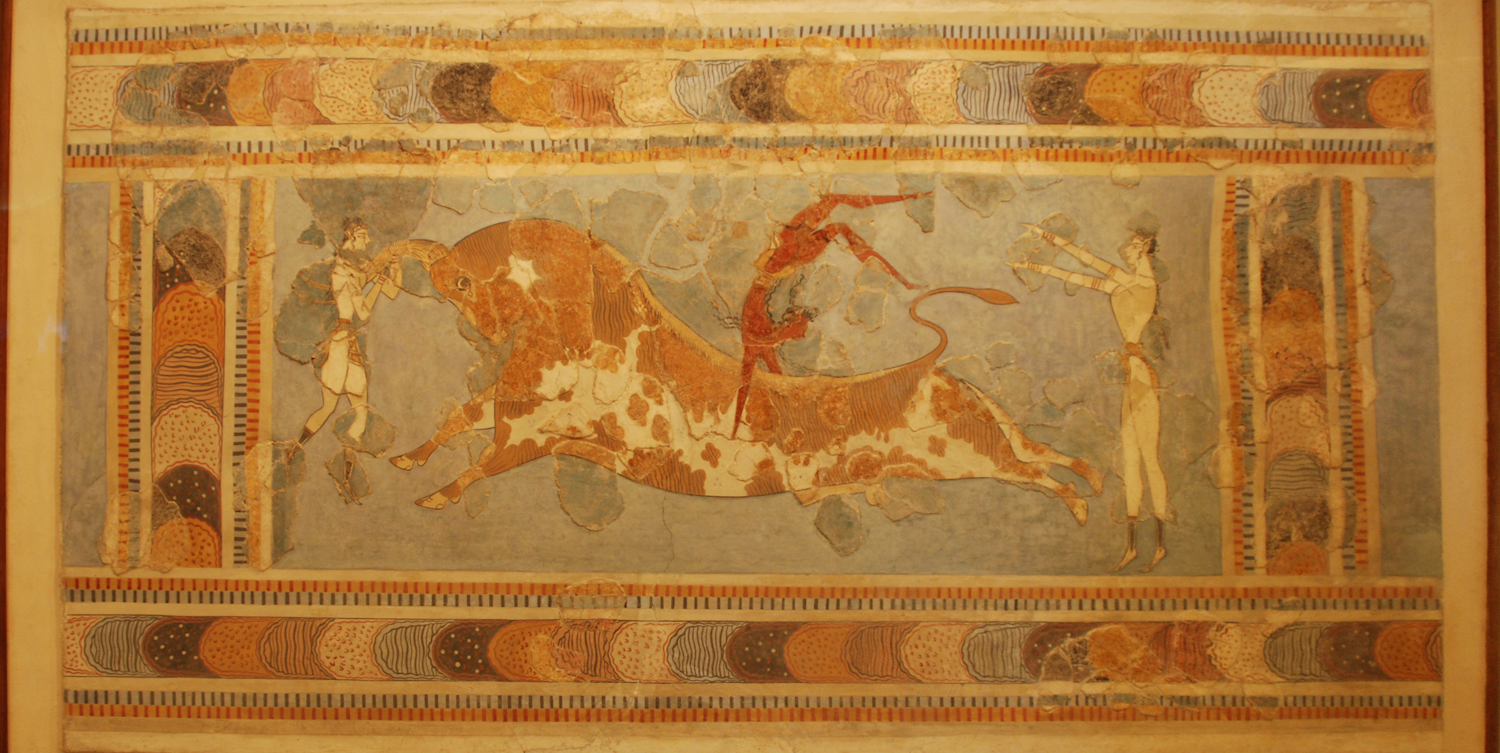History of Crete
The Cradle of Europe
"Nowhere in Greece can boast such a long and rich historical and cultural tradition as Crete, stamped as it is by such a distinct character". (Theocharis E. Detorakis: preface to 'History of Crete', 1994)
The geographical position of Crete at the intersection between Asia, Africa and Europe, has attracted the interest of many of the neighboring peoples. Through trade and shipping, conquest and immigration over thousands of years they all left their traces on the island and even today the influence of many cultures can be felt. Crete is Greek with a little touch of the Middle East and a reminiscence of Italy.
Use the menu to learn more about Crete's history.
We have divided our history of Crete into 15 periods of time. Each period marking a significant shift in the historical and cultural events on Crete. There are, however, no universally agreed upon dates for the various periods in the earliest Cretan and Greek history and the periods must be seen as indicative only.
A Timeline of Cretan History
The very first Cretans (6000 BCE-2600 BCE)
The Minoans (2600 BCE-1100 BCE)
Ancient Greece (1100 BCE-146 BCE/69BCE)
Crete under the Roman Empire (146BCE/68BCE–330CE)
The First Byzantine Period (330-824)
The Emirate of Crete (824-961)
The Second Byzantine Period (961-1204)
The Venetians on Crete (1204-1669)
The Rule of the Ottoman Empire (1669–1898)
The Autonomous Years (1898–1913)
Unification with Greece (1913–1941)
German Occupation (1941–1945)
Post-war Greece and the Greek Civil War (1945–1967)
The Regime of the Colonels (1967–1974)
The Third Hellenic Republic (1974–)

